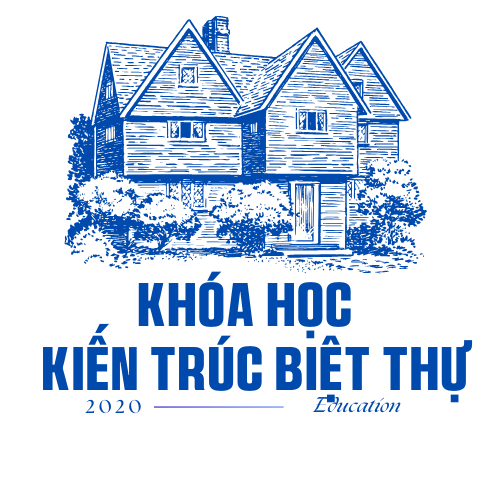The biker lifestyle in the US represents an intricate blend of nonconformity and brotherhood, originating from post-war societal shifts. From the battlefields of WWII to the open highways of modern America, steel horses transformed into mechanical expressions of autonomy, carrying both countercultural ideals and mainstream commercial appeal[5][10][17].
## Historical Foundations https://usabikers.net/
### WWII Veterans and Motorcycle Clubs
Contemporary motorcycle culture crystallized following the psychological aftermath of global warfare. Military personnel familiar with the brotherhood of combat craved new fraternal organizations, giving rise to proto-biker associations like the Boozefighters and Pissed Off Bastards of Bloomington[5][13][17]. Post-war mechanical steeds, that saw military service, shifted from battlefield tools to lifestyle accessories, nurturing enduring corporate allegiance[5][11].
A defining moment in biker history thrust rider culture into public discourse, as a massive gathering overwhelmed the small California town, culminating with urban chaos and police intervention. This controversy etched the antisocial motorcyclist image within media narratives, despite the majority constituting mainstream motorcycling advocates[10][13][17].
## Influential Biker Groups
### Legal vs. Extra-Legal Groups
The nation’s largest riding organization originally functioned as the governing body for organized motorcycle sports. Yet, the association’s discriminatory membership rules—barring racial minorities until the 1950s—ignited the rise of independent clubs eschewing AMA’s authority[11][13].
Four dominant outlaw clubs evolved into key players within this alternative landscape:
1. The iconic winged-skull organization[2][3][10]
2. Established 1935 in Chicago[3][10][13]
3. Pagans MC[8][10]
4. 1966 Houston foundation[3][10]
These groups function via formalized leadership roles featuring clearly defined officer positions, while clubhouses often serving as security-enhanced meeting spaces[10][13]. Despite public perceptions of criminality, numerous local groups participate actively in community support programs such as toy runs and disaster relief[8][10][15].
## Cultural Impact and Evolution
### From Silver Screen to Fashion Runways
The biker archetype permeates national entertainment, from Marlon Brando’s iconic 1953 performance through contemporary streaming series. Such widespread influence appears through:
– Fashion trends: Distinctive biker attire commercialized by brands like Biker Life USA and Bikers Lifestyle[4][12]
– Soundtrack associations: Cross-genre musical connections embracing biker aesthetics
– Literary works: Hunter S. Thompson’s *Hell’s Angels*[1][6]
Recent sociological analyses highlight the paradoxical duality of modern biker culture: simultaneously eschewing societal norms while being heavily commercialized via brand partnerships like Harley-Davidson’s apparel lines[1][7][12].
## Contemporary Landscape and Challenges
### Current Trends and Future Directions
Annual rider gatherings remains fundamental to American biker culture, featuring 2025’s major rallies such as:
– Daytona Bike Week (Florida)[7][15]
– Sturgis Motorcycle Rally (South Dakota)[7][15]
– Arizona Bike Week (Scottsdale)[7]
Developing phenomena reconfigure the community:
– Increasing female participation via organizations such as [2][8]
– Digital adaptation with online coordination platforms[7][15]
– Eco-friendly initiatives promoting electric motorcycle adoption[15][17]
Legal and ethical debates continue, especially concerning:
– Outlaw club violence versus policing approaches[10][13][17]
– Responsible sponsorship models despite controversial revenue sources[8][17]
– Cultural appropriation concerns regarding biker imagery in mainstream fashion[4][12]
## Conclusion
American biker culture occupies a pivotal juncture, negotiating its nonconformist roots with modern corporate influences. While contemporary riders embrace electric motorcycles and digital communities, the core ethos regarding liberty and camaraderie endures—now expressed through diverse demographics and evolving social norms. Future developments may involve increased regulatory scrutiny and continued cultural relevance, ensuring motorcycling’s enduring place within US national identity[5][10][17].
